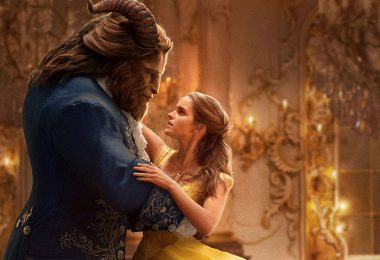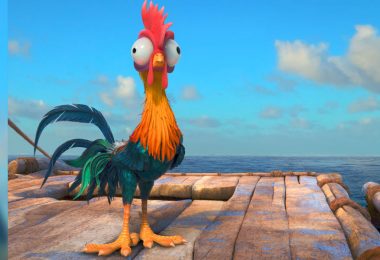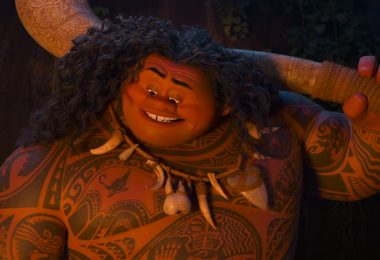By Courtney Potter
It’s an animated adventure several years in the making, rooted in the oral histories of the people and cultures of the Pacific Islands. Walt Disney Animation Studios’ 56th feature film, Moana, follows a brave, compassionate teenager and the tough-but-tender demigod she befriends, as they look to save her people and find their true calling in the process—all while traversing the crystal-blue ocean around them. Directed by the legendary team of Ron Clements and John Musker, the film combines beautiful animation (both CG and hand-drawn), Oceania-inspired music and song, and a story that is sure to resonate with audiences for years to come…

But how, exactly, was that story developed? Just as the storytelling culture of the Pacific Islands passed down the tales of demigod Maui and wayfinding through the generations, it was the film’s story team—along with the Oceanic Story Trust, a group of anthropologists, choreographers, master tattooists, linguists, master navigators and cultural advisors—that was tasked with passing down Moana’s story to filmgoers.
On a recent trip to Walt Disney Animation Studios, D23 sat down with Moana screenwriter Jared Bush (co-director/co-writer, Zootopia)—as well as Dave Pimentel, co-head of story with John Ripa, and story artists David Derrick and Sunmee Joh—for a unique peek into the film’s development.
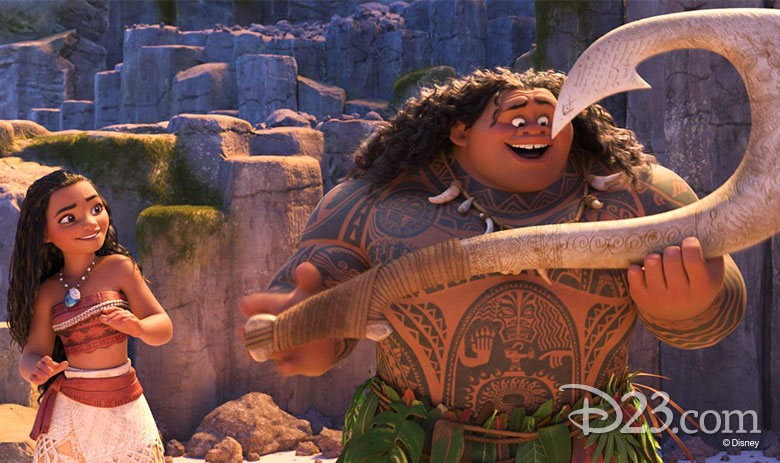
On working at Walt Disney Animation Studios…
Jared Bush (JB): “Disney has a pretty awesome process—it’s super collaborative, and we all sit in this room, where we’re sitting today, trying to figure out how to make the characters really come to life, what kind of story we want to tell, finding universal themes and emotions.”
On the truly collaborative process of an animation story room…
JB: “One of the really cool things about being here is the collaborative nature—and unlike typical live-action screenwriting for me, this is a process where all of us sit around and try and figure out what the story is. I’ve only been on Moana for about a year; there are other writers that came on before me. Taika Waititi, who is currently directing Thor: Ragnarok—he was the first writer on Moana, along with Pamela Ribon and Jordan and Aaron Kandell, but the process is largely the same over the course of three to five years. We put together the movie, we figure out what story we want to tell, put those things on ‘beat boards’ [poster boards covered in index cards and sketches] like this… then the writer goes off to write all those things and then hands those off to story editors, [then] we all discuss it. Eventually, those things are all edited and we put it up into a screen and we [go through that process] about 12 times over a three- to five-year period.”
Dave Pimentel (DP): “Yes, this room—it is kind of like a ‘war room.’ I mean, after each screening, we all go at it; we fight for ideas, and it’s really neat because it’s really the best ideas that win. Over three or four days, however long we have to kind of restructure it, the best ideas always rise to the top. ”
David Derrick (DD): “You can imagine the emotional investment that happens in this kind of process, that all of us have this passion to fight for an idea. We interject and say, ‘Well that’s great, but what if we did this?’ We toss ideas back and forth around this table, and we end up with all these ‘beat boards’ that have the final decisions for moving forward.”
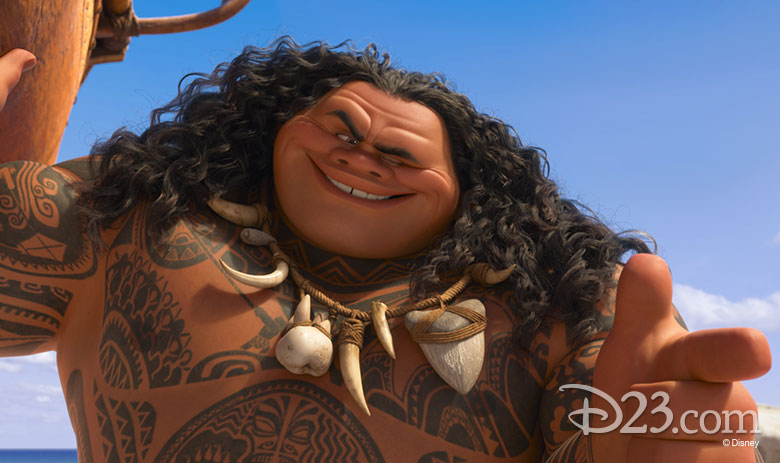
Sunmee Joh (SJ): “The story team is a group of individuals with different strengths, different talents, and we all come together to help make the story the best it can be; and even though each person goes off and does their own scene, we do come back together if we need to solve a problem.”
On writing the actual script for the film…
JB: “The screenwriter’s job is to stay ahead of the story team by about five hours. It’s a very fluid process; once I turn something in, it’s not like, ‘OK, here it is in stone.’ We continue to talk as [artists] continuing to draw. Things will change; dialogue will change. Many times I’ll ‘slug in’ [add in] dialogue that won’t be final, but will give the story artists what they need to know about the emotions of the characters and their motivations—the overall tone of the scene—and we’ll continue to adjust that.”

On what the “Head of Story” does for an animated feature…
DP: “I work with wonderful story artists. I work with Jared here, and the directors, and we get to oversee all the storyboards—and craft the shots and the acting and all that stuff before it goes to animation, and we do it all in digital drawing form. We do draw a little bit on paper; this room is usually super messy, with a bunch of sketches and treats and snacks that we’ll devour… “
On looking to one’s own ancestry for inspiration…
DD: “I am of Samoan heritage, some of my ancestors come from Samoa. Dave is a good friend of mine and when he found out he was going to be working on this film, he pulled me along. I immediately left what I was doing—it was at a different [company]—and came here because it was very personal to me. The first thing I did is, I went out to [the gravesite of] my first Samoan ancestor who came to America, and I did a rubbing of her gravesite. I had that above my desk every single day that I was working on [the film], as a reminder of why I’m making this, why I’m working so hard. It’s really to celebrate and honor a powerful culture.
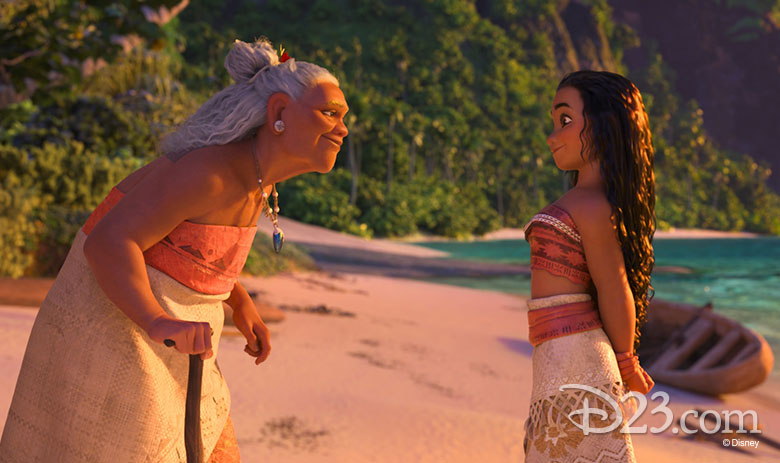
“Polynesia is a world in general that has been misrepresented in the media—and [this team] has gone to great lengths. It inspired me to go on my own research trip, and I took my whole family to Samoa. While there, we learned the art of making ‘siapo,’ or tapa cloth, from all of the traditional plants and dyes—and all of that helped inform what we were doing, and I brought that back with a much deeper understanding of what the culture is like… ”
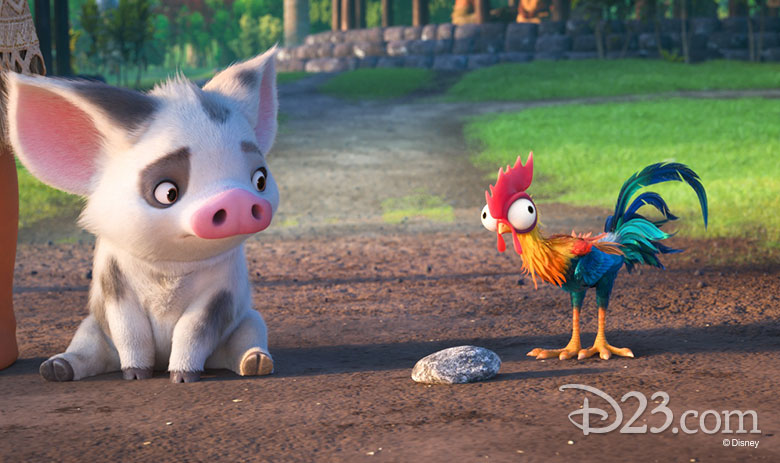
On “saving the chicken”…
SJ: “One problem we faced was trying to figure out how to save Heihei [Moana’s pet chicken]. He was a character from the very beginning, and he was in many versions of the story—but due to story changes, he somehow wound up on the chopping block… [Initially] he was sort of this macho, ‘big-wig’ character, kind of like the Chief’s watchdog; he always kept a close eye on Moana, watching her every move—and he was mean for no real reason. The team brainstormed and thought of different ways of incorporating him in a new way. It wasn’t enough to just change his character and make him dumber. We had to make him a complication for Moana to leave, add to the story.”
DP: “When Heihei was saved, we actually had a celebratory lunch where we brought in fried chicken for everybody. We had a chicken meal!”
Moana sails into cinemas around the country on November 23!



